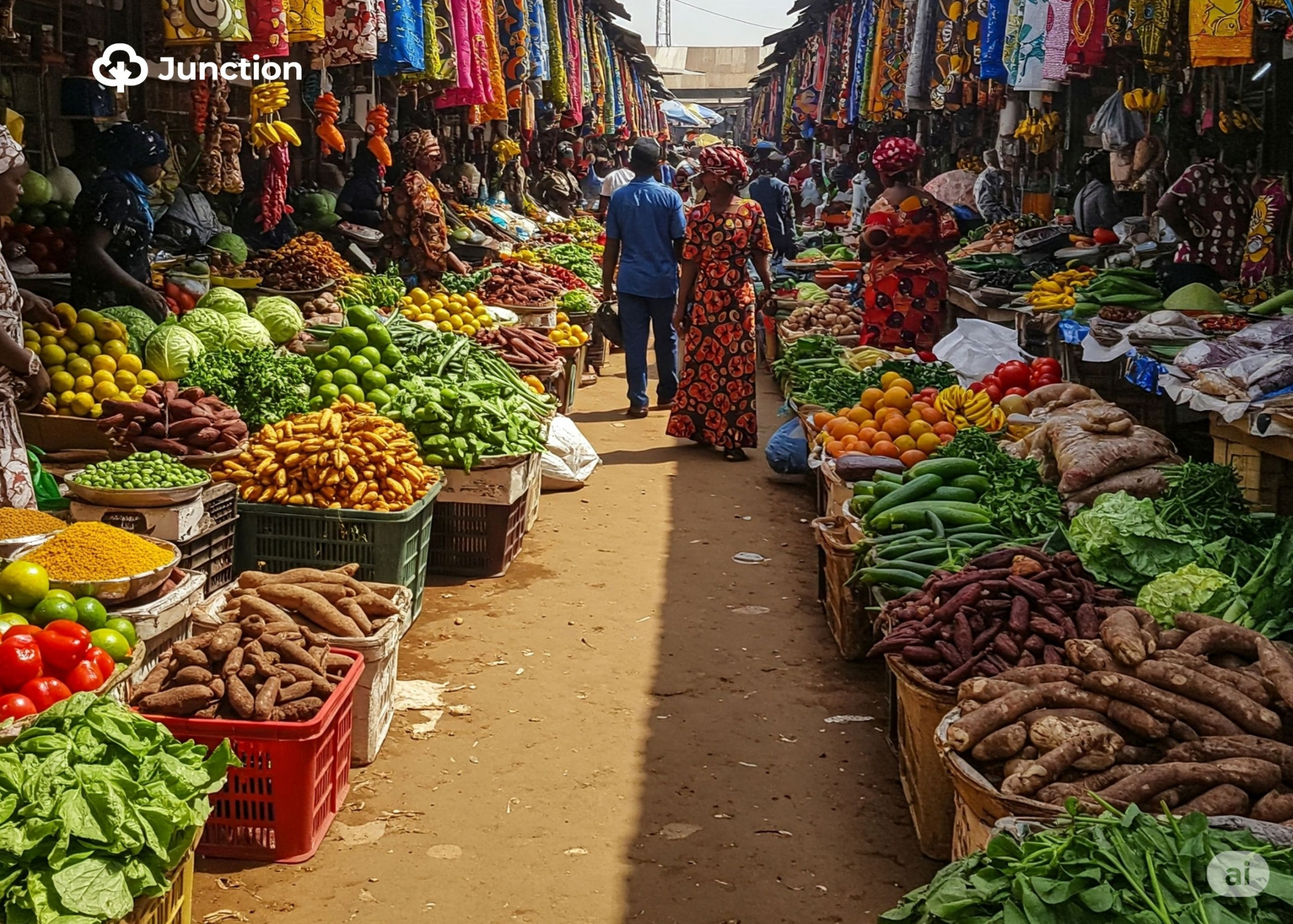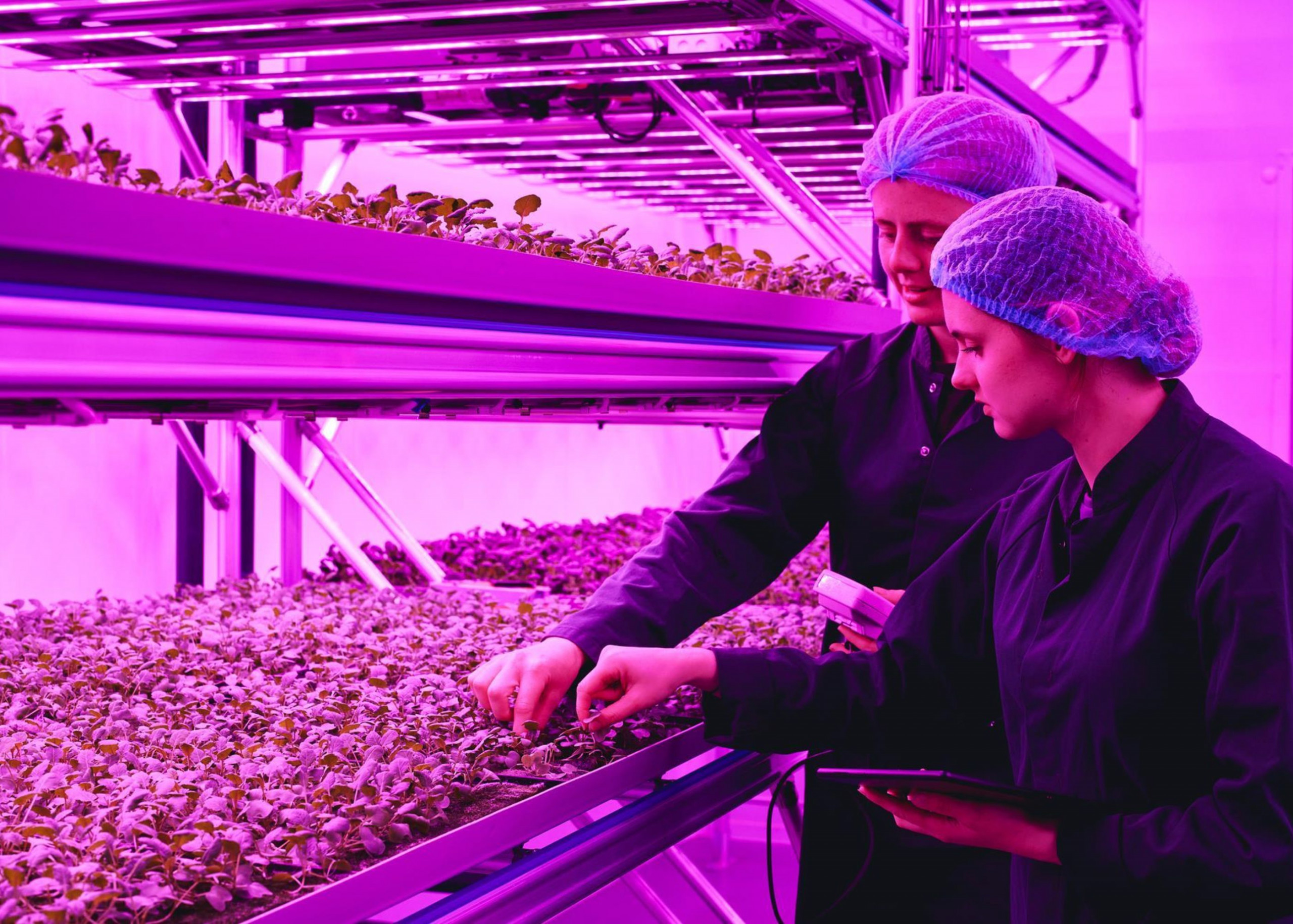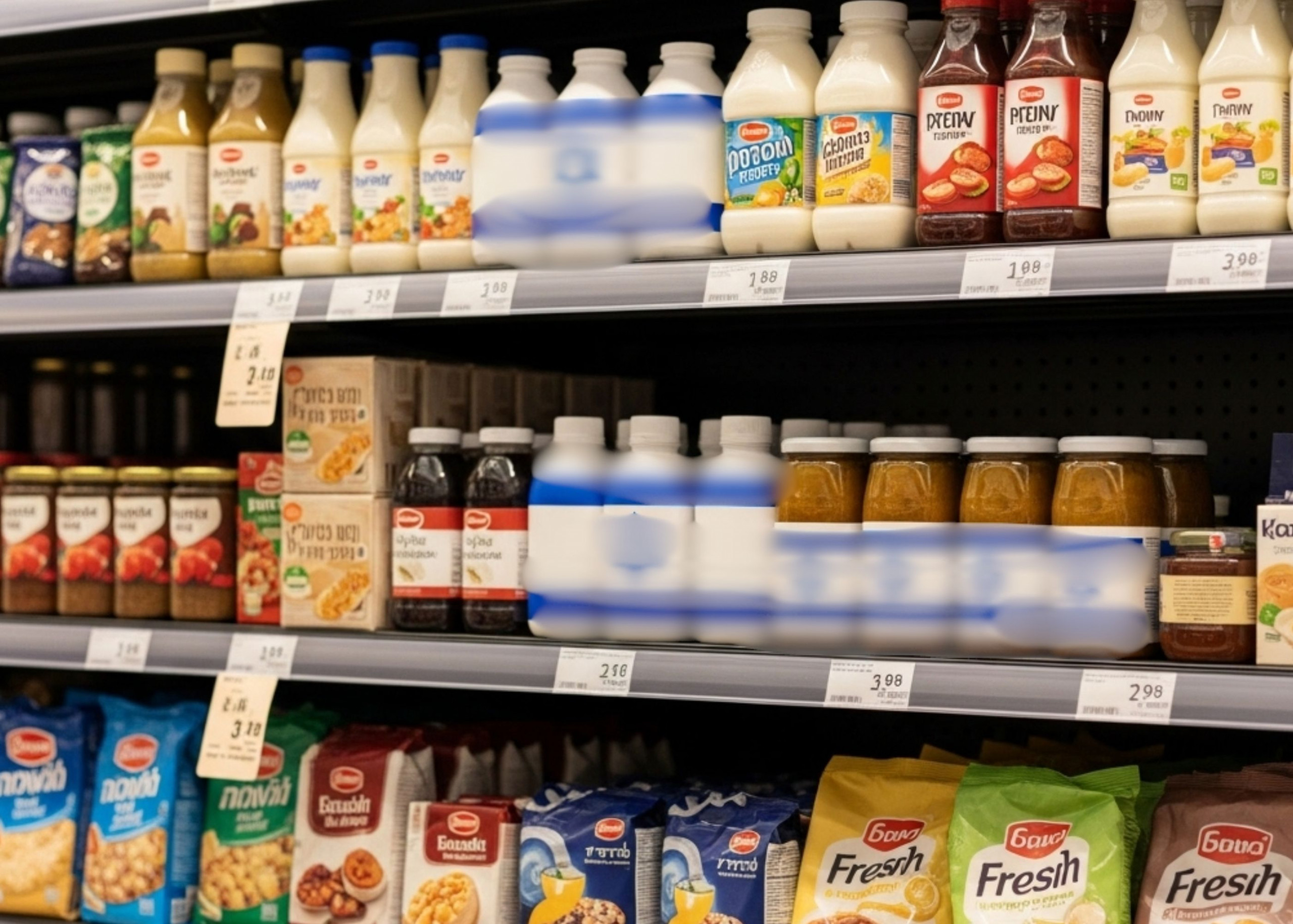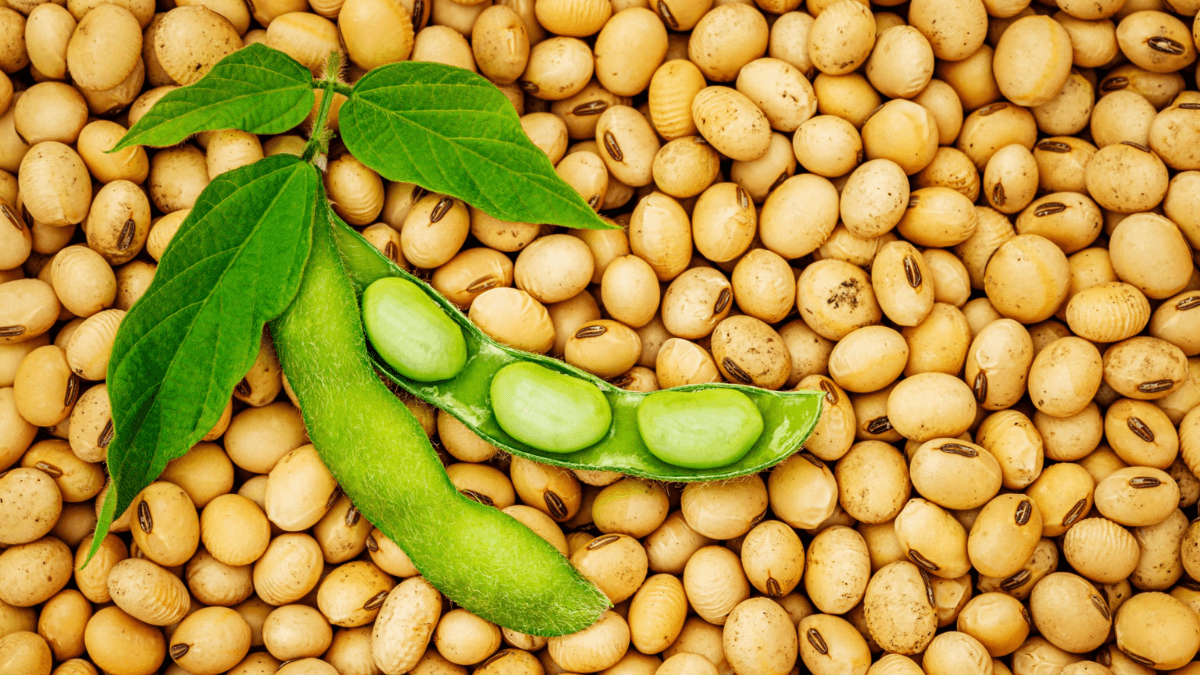News in brief:
– Food inflation in Nigeria rose to 21.79% year-on-year in March 2025, driven by higher prices of staples like garri, rice, and pepper, with urban areas like Oyo and Kaduna seeing the steepest increases.
– While the rate has slowed compared to 2024 levels, rising input costs and insecurity continue to strain farmers and deepen food-related hardship nationwide.
Food inflation in Nigeria surged to 21.79% year-on-year in March 2025, as reported in the latest Consumer Price Index (CPI) by the National Bureau of Statistics. There was also a sharp rise from February’s 1.67% to 2.18% on a month-on-month basis, driven by rising prices of staple items such as garri, rice, pepper, and plantain flour.
While prices are still rising, it is important to note that inflation has slowed since the turn of the year. Recall that in 2024, year-on-year inflation rates used to hit 40% and even higher. So, this is a sign of comparatively slowing food inflation.
However, for agriculture stakeholders, this data signals growing pressure on both producers and consumers. The rise in prices is partly linked to increased input costs, insecurity in key producing regions, and supply chain disruptions. Fresh ginger, potatoes, crabs, and periwinkles also saw significant price jumps, contributing to the inflation spike.
Urban areas recorded higher food inflation rates, with Oyo, Kaduna, and Kebbi States leading with rates above 30% year-on-year. In contrast, Bayelsa, Adamawa, and Akwa Ibom reported the slowest food inflation increases. Month-on-month data showed dramatic price hikes in Oyo (19.74%) and Kaduna (17.24%), while Sokoto and Nasarawa experienced a decline.
Headline inflation also climbed to 24.23% in March, up from 23.18% in February. The core inflation rate, which excludes volatile food and energy prices, rose to 24.43%, indicating widespread price pressure beyond food.
As Nigeria’s population continues to grow, the rising cost of food is deepening hardship for millions. Experts call for urgent investment in agriculture, improved logistics, and targeted support for smallholder farmers to cushion the effects and ensure food security.
For farmers and agribusinesses, the message is clear: tackling inflation requires boosting production, improving value chains, and ensuring access to markets.



